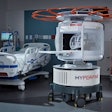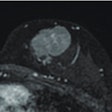Late gadolinium enhancement through cardiac MRI can help predict adverse cardiovascular events among hypertrophic cardiomyopathy patients, according to a study scheduled for publication in the April 17 addition of the Journal of American College of Cardiology.
A meta-analysis by researchers from the University of Virginia in Charlottesville also concluded that the additional information provided by the contrast-enhanced MRI could provide important information to improve risk stratification in hypertrophic cardiomyopathy patients in clinical practice (JACC, Vol. 5, No. 4, pp. 370-377.)
Lead study author Dr. John Green and colleagues reviewed previous research on PubMed and Medline and found four studies that met their criteria for cardiac death, sudden cardiac death, and heart failure. Three studies were published in 2010 and one study was published in 2008.
Demographic data
The researchers gathered demographic data from the four studies, such as study design, follow-up duration, sample size, patient age, family history of sudden cardiac death, left ventricular function, and late gadolinium enhancement status.
Together, the studies included 1,063 patients. Across all four studies, the mean age was 52 years, while 64% of all subjects were male.
Late gadolinium enhancement techniques used in all four studies included MR imaging on a 1.5-tesla scanner with 6-mm to 10-mm section thickness to obtain delayed contrast-enhanced images 10 to 15 minutes after the intravenous administration of 0.1 to 0.2 mmol/kg of gadolinium-based contrast agent.
There also was a high prevalence of late gadolinium enhancement in these studies, averaging 60% (ranging from 55% to 67%) of the participants. Three of the studies had an average follow-up period of at least three years, while one study had an average follow-up period of only 1.9 years.
Patient outcomes
In addition, the four studies provided different results relative to primary patient outcomes, such as cardiac death, heart failure, sudden cardiac death, and other causes for mortality.
To help assess the degree of the connection between late gadolinium enhancement and patient outcomes, Green and colleagues developed a pooled-odds ratio, which used clinical outcomes, such as cardiovascular mortality, sudden cardiac death or aborted sudden cardiac death in heart failure, among the 1,063 patients in this most recent study.
Their review of the four studies found that late gadolinium enhancement was "significantly associated with cardiac death (pooled odds ratio of 2.92) over a mean follow-up of 3.1 years. Overall, 31 (5%) of the 634 HCM patients with late gadolinium enhancement on cardiac MRI had cardiac death, compared with only five cases (1%) among 429 patients who experienced cardiac death, with no late gadolinium enhancement.
The researchers also found a trend between late gadolinium enhancement and sudden death and aborted sudden death (pooled odds ratio of 2.39). The presence of late gadolinium enhancement on cardiac MRI was associated with a 4% risk of sudden death/ aborted death (25 cases of 634 subjects). However only five people (1%) of the 429 subjects without late gadolinium enhancement experienced sudden death/aborted sudden death.
'Significant association'
The analysis also discovered a "significant association" between the presence of late gadolinium enhancement and heart failure death (pooled odds ratio of 5.68), with 13 (2%) people of the 634 subjects with late gadolinium enhancement on cardiac MRI having died of heart failure. No patients without late gadolinium enhancement on cardiac MRI died of heart failure.
Green and colleagues wrote that late gadolinium enhancement on cardiac MRI "appears to possess significant prognostic power in the prediction of serious cardiac complications in [hypertrophic cardiomyopathy]."
They added that using cardiac MRI parameters also "may increase the positive predictive value" of cardiac MRI in identifying patients who should be candidates for a more aggressive treatment approach than is current clinical practice."

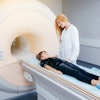

.fFmgij6Hin.png?auto=compress%2Cformat&fit=crop&h=100&q=70&w=100)


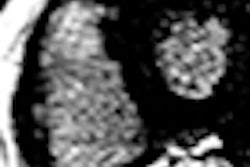
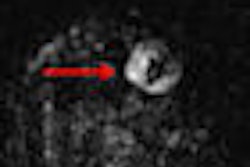
.fFmgij6Hin.png?auto=compress%2Cformat&fit=crop&h=167&q=70&w=250)




